Pregnancy raises the stakes for micronutrient status: the growing fetus depends on maternal stores while the mother’s bone and vascular systems adapt to support pregnancy. Calcium and vitamin D₃ (cholecalciferol) work together physiologically—calcium for bone mineralization and vascular tone, and vitamin D₃ to enhance intestinal calcium absorption and regulate immune and endocrine pathways.
That biological partnership has driven trials and guideline-makers to test whether combined calcium + vitamin D₃ supplementation improves maternal, pregnancy, and neonatal outcomes. The short answer from the evidence so far: combined supplementation shows promise for lowering risks tied to calcium deficiency (especially hypertensive disorders of pregnancy), and it reliably raises maternal and neonatal vitamin D status — but many clinical outcome effects remain modest or uncertain and vary by baseline nutritional status, dose, and study quality.
Why combine calcium and vitamin D₃ in pregnancy?
Vitamin D₃ increases intestinal absorption of calcium and helps regulate placental and immune function. When dietary calcium is low, the mother’s physiology shifts to mobilize skeletal calcium, which can stress maternal systems and is linked to higher risk of hypertensive diseases such as pre-eclampsia. Giving calcium directly addresses intake shortfalls, while vitamin D₃ supports effective use of that calcium and independently influences inflammation and vascular function — theorized mechanisms relevant to pre-eclampsia, gestational hypertension, and fetal growth.
Evidence on maternal outcomes
Hypertensive disorders / pre-eclampsia
Calcium supplementation in populations with low dietary calcium intake has one of the clearest benefits in pregnancy: reductions in hypertensive disorders, including pre-eclampsia. Because of this, the WHO recommends antenatal calcium (1.5–2.0 g elemental calcium daily, started from ~20 weeks) for women in populations with low calcium intake or at high risk of pre-eclampsia. Trials that evaluated vitamin D₃ combined with calcium also suggest a possible additional reduction in pre-eclampsia risk compared with placebo, though many meta-analyses rate the certainty as low to moderate because of study heterogeneity and varying quality.
Gestational diabetes and glycemic control
Some trials and pooled analyses suggest vitamin D₃ may modestly influence insulin resistance or gestational diabetes risk, and combining calcium with vitamin D₃ has been reported in a few studies to reduce gestational diabetes incidence. However, findings are inconsistent and evidence certainty is generally low; effects appear to be smaller and more variable than those seen for hypertensive disorders. Clinicians should view metabolic benefits as possible but not definitive.
Maternal bone health and postpartum outcomes
Supplementation during pregnancy aims also to protect maternal bone mineral balance, since pregnancy and breastfeeding can transiently lower maternal bone density. Trials looking at calcium ± vitamin D report mixed effects on maternal bone mineral density and long-term skeletal outcomes; benefits may be clearer when baseline dietary intake is inadequate. Overall, calcium (with sufficient vitamin D status) is plausibly helpful but long-term maternal skeletal benefit from pregnancy-only supplementation remains an area needing more high-quality, long-term data.
Neonatal outcomes
Birthweight, small-for-gestational-age (SGA) and preterm birth
Vitamin D₃ supplementation during pregnancy consistently raises maternal and cord 25-hydroxyvitamin D levels and several meta-analyses have reported modest increases in mean birthweight and reductions in SGA and preterm birth risk with vitamin D₃ alone. When calcium is added, some pooled studies indicate a reduced risk of pre-eclampsia (which itself is linked to poorer fetal growth and preterm delivery), but a few analyses have also noted inconsistent findings — including occasional signals toward increased preterm birth in low-quality trials that were not robust to sensitivity analysis.
In short: vitamin D₃ helps neonatal vitamin D status and may modestly improve growth outcomes; combined calcium + vitamin D₃ may transmit benefit indirectly (via fewer hypertensive complications), but evidence heterogeneity tempers confident claims.
Neonatal vitamin D status and early bone health
Because 25(OH)D crosses the placenta, maternal supplementation reliably increases neonatal (cord blood) vitamin D concentrations, which reduces the risk of neonatal vitamin D deficiency and may support early bone mineral accrual. The clinical translation to fewer rickets cases or measurable long-term skeletal benefits needs more longitudinal data, but improving neonatal vitamin D status is an established biochemical effect.
Safety and dosing considerations
-
Calcium: WHO guidance targets 1.5–2.0 g elemental calcium daily in low-intake populations to reduce hypertensive disorders. Lower-dose regimens are used in some studies; benefit is greatest in settings with low baseline calcium intake.
-
Vitamin D₃: Trials use varying vitamin D₃ doses (from typical prenatal amounts ~400–600 IU up to several thousand IU daily). Supplementation is effective at raising 25(OH)D; most trials do not report serious adverse events attributable to vitamin D at typical supplemental doses, but very high vitamin D combined with high calcium could theoretically risk hypercalcemia — an uncommon outcome in pregnancy trials. Clinical safety monitoring and adherence to recommended doses are important.
Who benefits most?
The clearest, highest-certainty benefits of calcium (alone or with vitamin D₃) are observed where dietary calcium intake is low and pre-eclampsia risk is higher. Vitamin D₃’s biochemical benefits are consistent across populations, but meaningful clinical outcome improvements (e.g., large reductions in preterm birth or dramatic gains in neonatal survival) vary across studies. Populations with prevalent vitamin D deficiency and low calcium intake are most likely to see clinically relevant gains from combined supplementation.
Practical recommendations
-
Screen for risk factors and nutritional context: in low-calcium-intake communities or women at high risk for pre-eclampsia, follow WHO calcium supplementation guidance.
-
Ensure adequate vitamin D₃ to optimize calcium absorption when high-dose calcium is provided — typical prenatal vitamins supply modest vitamin D₃, but clinicians may individualize dosing (for example, higher vitamin D₃ if baseline deficiency is documented).
-
Monitor clinically as appropriate (symptoms of hypercalcemia are rare) and combine supplementation with dietary counseling to improve sustainable intake of calcium-rich foods and safe sun exposure or dietary sources of vitamin D where feasible.
Conclusion
Combined calcium + vitamin D₃ supplementation in pregnancy is biologically plausible and supported by a mixture of moderate- and low-certainty evidence. Calcium supplementation clearly reduces hypertensive disorders in low-intake settings and WHO recommends antenatal calcium where intake is low; adding vitamin D₃ reliably improves maternal and neonatal vitamin D status and may augment some clinical benefits, but the magnitude and certainty of those clinical effects vary across studies.
Clinicians should prioritize supplementation strategies based on baseline nutritional needs, local guidelines, and individual risk — while researchers continue to refine dose, timing, and long-term impact through well-powered randomized trials and longer follow-up.

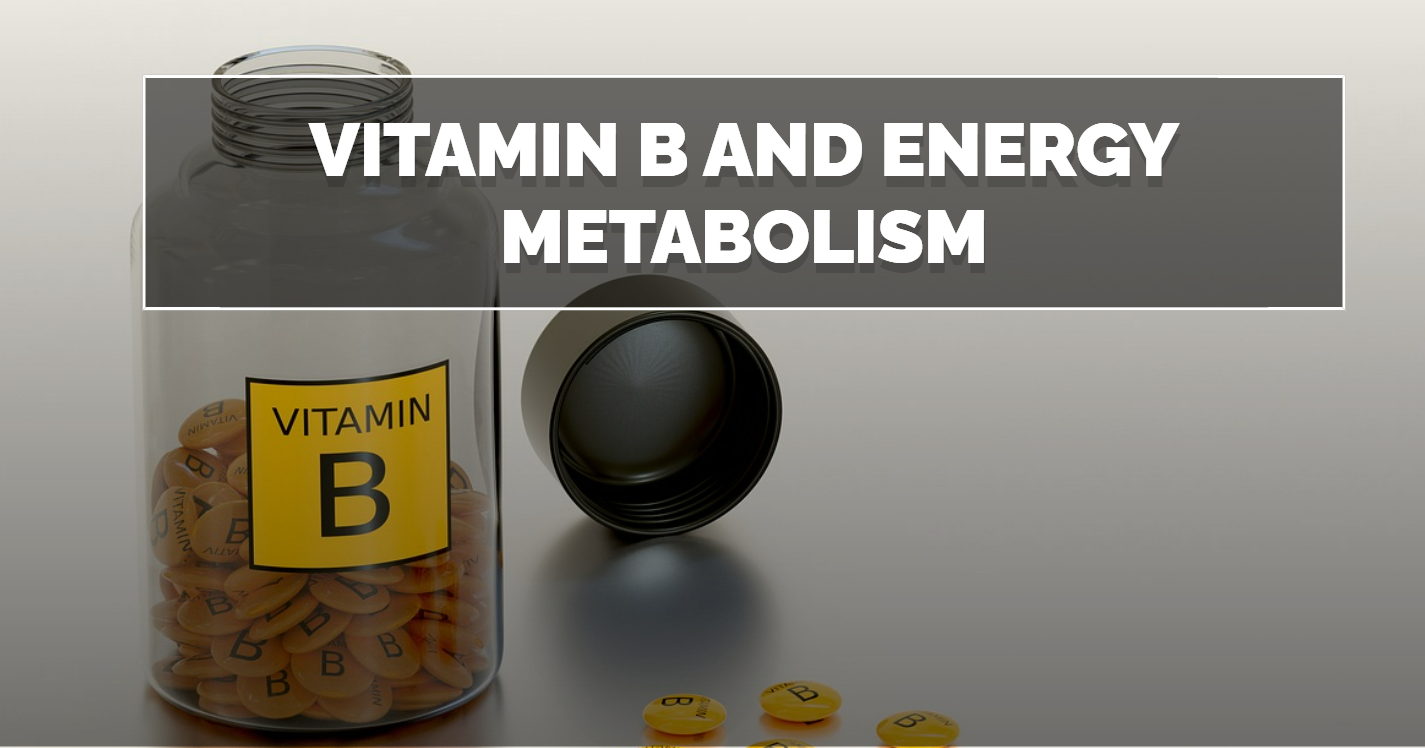
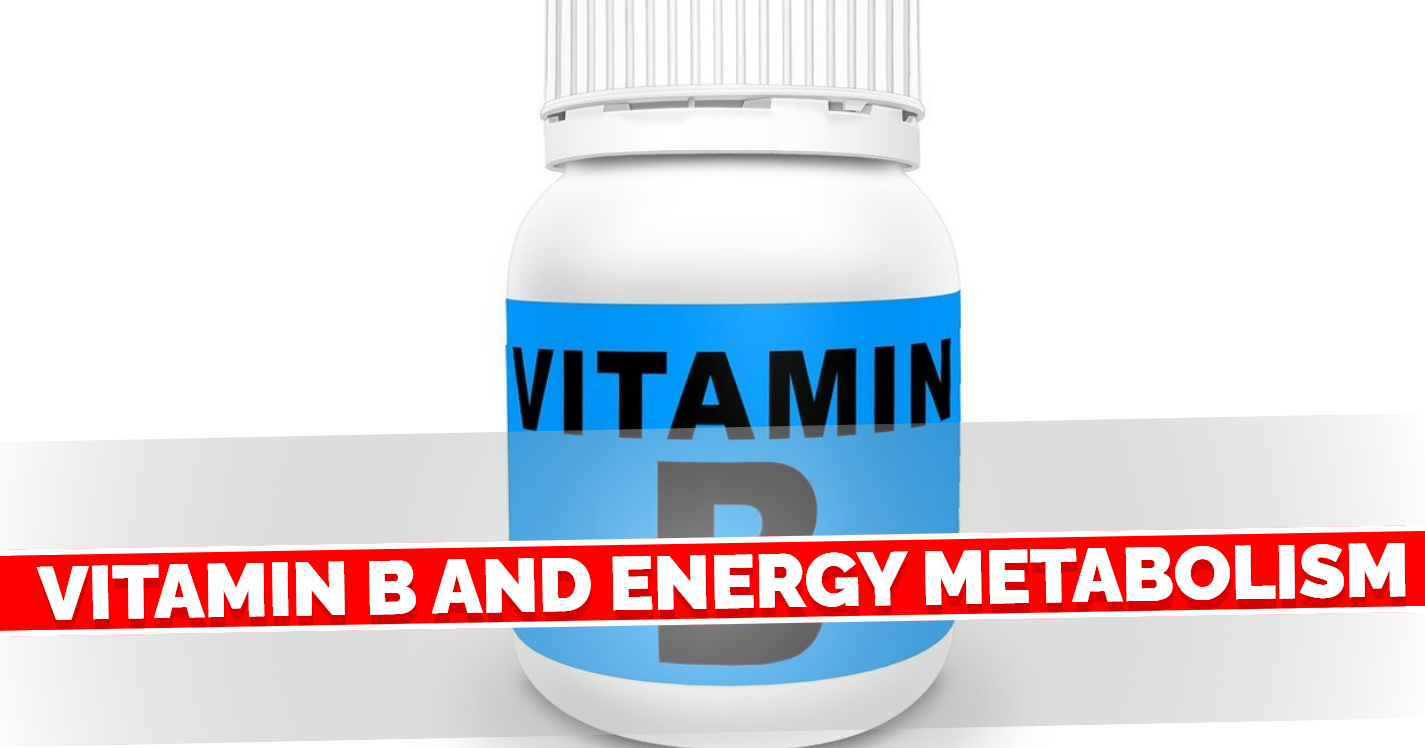








Leave a Reply